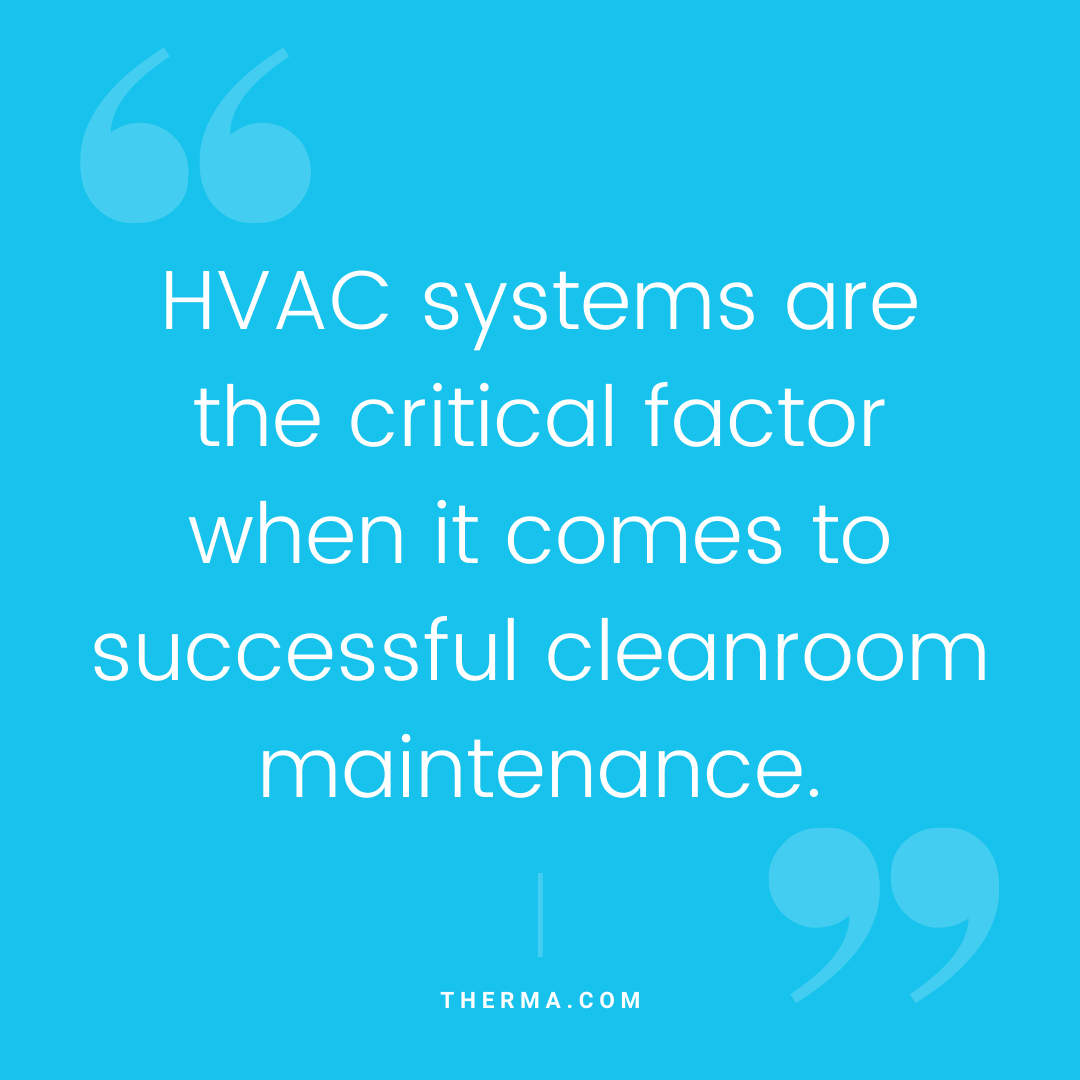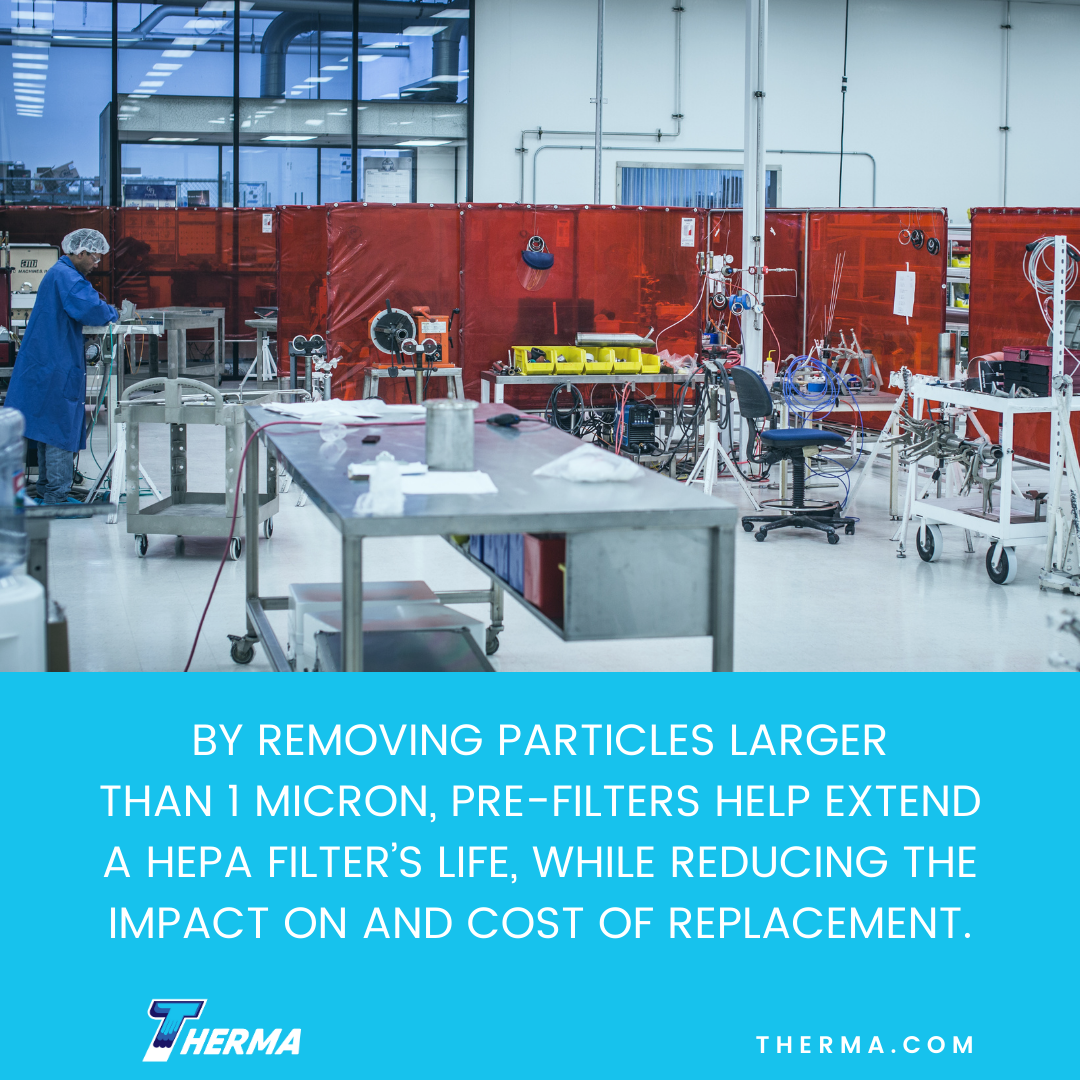A cleanroom is designed to provide a controlled environment where air and surface contamination levels are managed. Cleanroom maintenance is crucial to keep contaminants (airborne particles) below preset levels, i.e., the specified particle size and volume of particles per cubic meter. This is of even greater importance during the current COVID-19 coronavirus pandemic. The greater the level of cleanliness needed, the higher the associated maintenance costs.
Almost every industry includes cleanrooms–from assembly and testing rooms in electrical manufacturing plants, to quarantine rooms in hospitals to controlled laboratory rooms in biological research facilities.
Because each cleanroom’s size and complexity can vary depending on its purpose, the International Organization for Standardization provides guidelines for cleanrooms and “associated controlled environments” through documentation contained in ISO 14644.
Sources of Contamination in Cleanrooms
The sources of contamination in cleanrooms can most often be traced back to four common causes, each with the ability to be controlled by carefully following set protocols.
Environment
The air entering a cleanroom can be contaminated. Having pressurized entrance rooms and exit rooms can help reduce contaminants from entering via air exchange. Ventilation and filtration are the primary combatants against environmental contamination.
Process
Processes can also introduce contaminants into cleanrooms. The use of any material that is capable of shedding can produce contaminants, as can motion, such as walking. Even cleaning surfaces can generate contaminants.
Tools
Tool use can contaminate an area, whether the contaminant is a tiny particle of grease, oil or dust, or a by-product of the material used with the tools. Tool use can also disrupt tiny airborne particles or those attracted to surfaces.
People
People are capable of contaminating an area by merely existing within it. Using entrance rooms, anterooms or garment rooms can help reduce person-borne or person-generated contaminants by following protocols such as
- ensuring all personal items (watches, rings and other jewelry, keys or externally worn keycards) are stored outside garment rooms
- placing sticky mats at room entrances
- enforcing a strict no-smoking rule for half an hour before entering a cleanroom environment
USP 797 Protocol and Gowning Requirements
USP 797 (Pharmaceutical Compounding – Sterile Preparations, Chapter 797) outlines specific enforceable environmental procedures and compliance requirements for compounding sterile preparations, setting standards for all sterile settings.
USP 797 gowning standards also outline proper gowning and personal protective equipment (PPE) protocols.
Cleanroom gowning requirements vary depending on the particular environment. However, all cleanrooms’ minimum requirement includes shoe covers, hair nets, and a gown or lab coat. Disposable items such as gloves, face masks, shoe covers, hoods, and ‘bunny suits’ typically require clean-forward disposal following use. However, specific situations exist that allow for specific gowns or garments to be reused.
Preventative Maintenance
HVAC systems are the critical factor when it comes to successful cleanroom maintenance. Staying on schedule with HVAC maintenance and having a building management system that will instantly alert any problem is vital. Cleanrooms must remain clean all day every day.
Equipment
All equipment in a cleanroom should be carefully maintained to minimize contaminants from use and keep surfaces clean. Even more importantly, all HVAC equipment should be thoroughly evaluated, with appropriate maintenance performed at least twice annually.
More frequent maintenance may be required seasonally in extreme climates, paying particular attention to intake and exhaust vents, ensuring contaminants are collected and disposed of correctly and not recirculated.
Cleanroom Air Handling Unit (AHU)
A cleanroom air handling unit (AHU) is the foundation for humidity, temperature and pressurization in controlled environments. Operating within the HVAC system, AHUs serve as a high powered air processing unit facilitating cleanroom air conditioning and movement.
Filters
Filter maintenance may need to be completed multiple times a month in cleanrooms requiring the highest level of cleanliness, or those in which contaminants are produced frequently.
High-Efficiency Particulate Air (HEPA) filters are rated to capture particles of 0.3 microns in diameter at a minimum; certain HEPA filters can capture even smaller particles.
Many HVAC units can accommodate HEPA filters, although pressure should be checked to ensure the filter isn’t obstructing airflow. HEPA filters are typically more durable than bag filters, providing a higher level of contaminant collection.
A pre-filter installed ahead of a HEPA filter in a cleanroom HVAC system can help preserve longevity. By removing particles larger than 1 micron, pre-filters help extend a HEPA filter’s life, while reducing the impact on and cost of replacement.
Facility managers can maintain cleanroom standards by committing to continual equipment and filter maintenance and following protocols and guidelines to reduce contaminants’ introduction. Continual testing and reporting on cleanroom status can help guide maintenance schedules and provide the highest cleanliness possible long-term.
If you are reopening from a coronavirus shutdown and considering upgrades to your HVAC system or have questions about cleanroom maintenance, the air quality specialists at Therma can help. Get in touch today.









